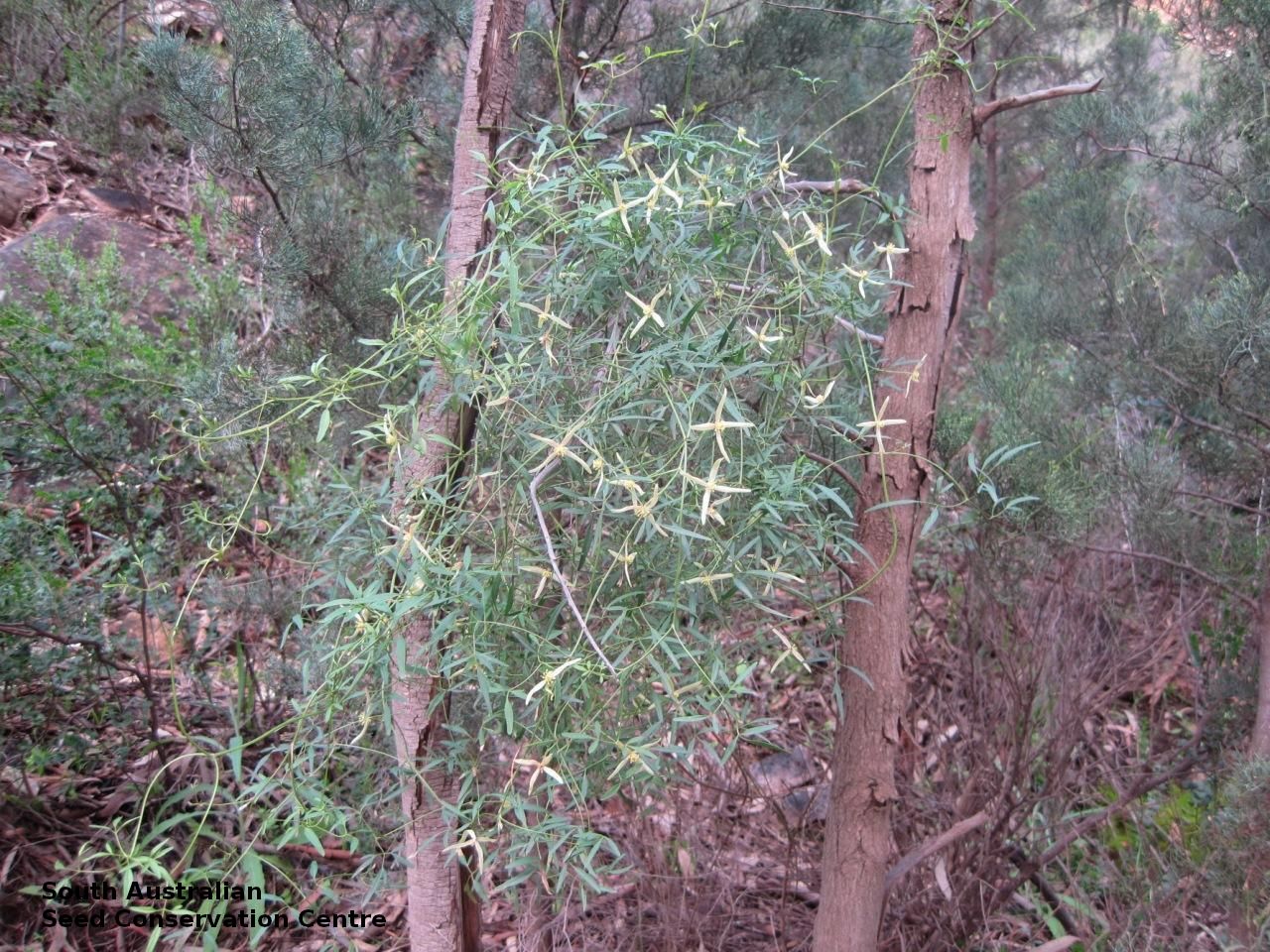
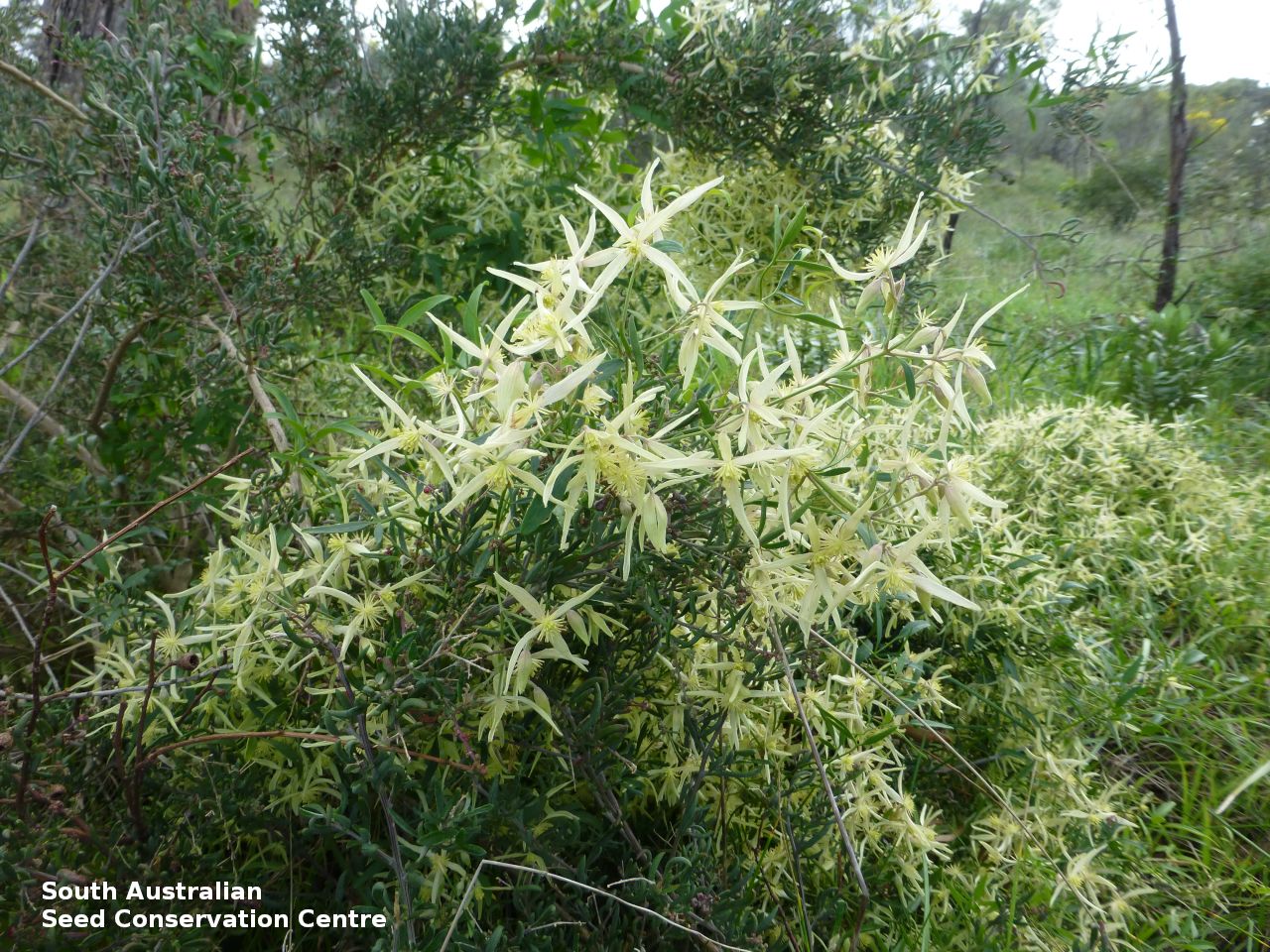
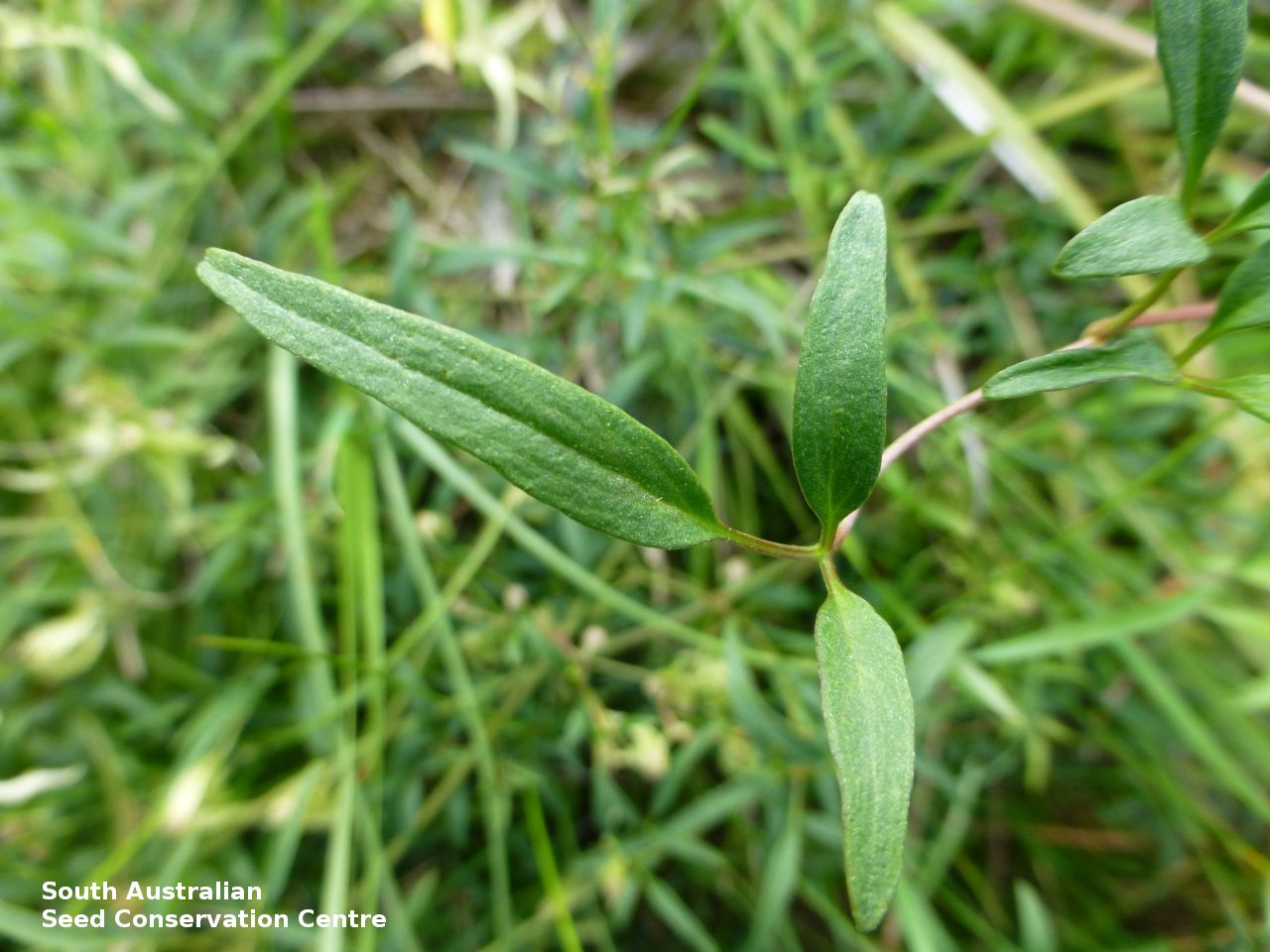
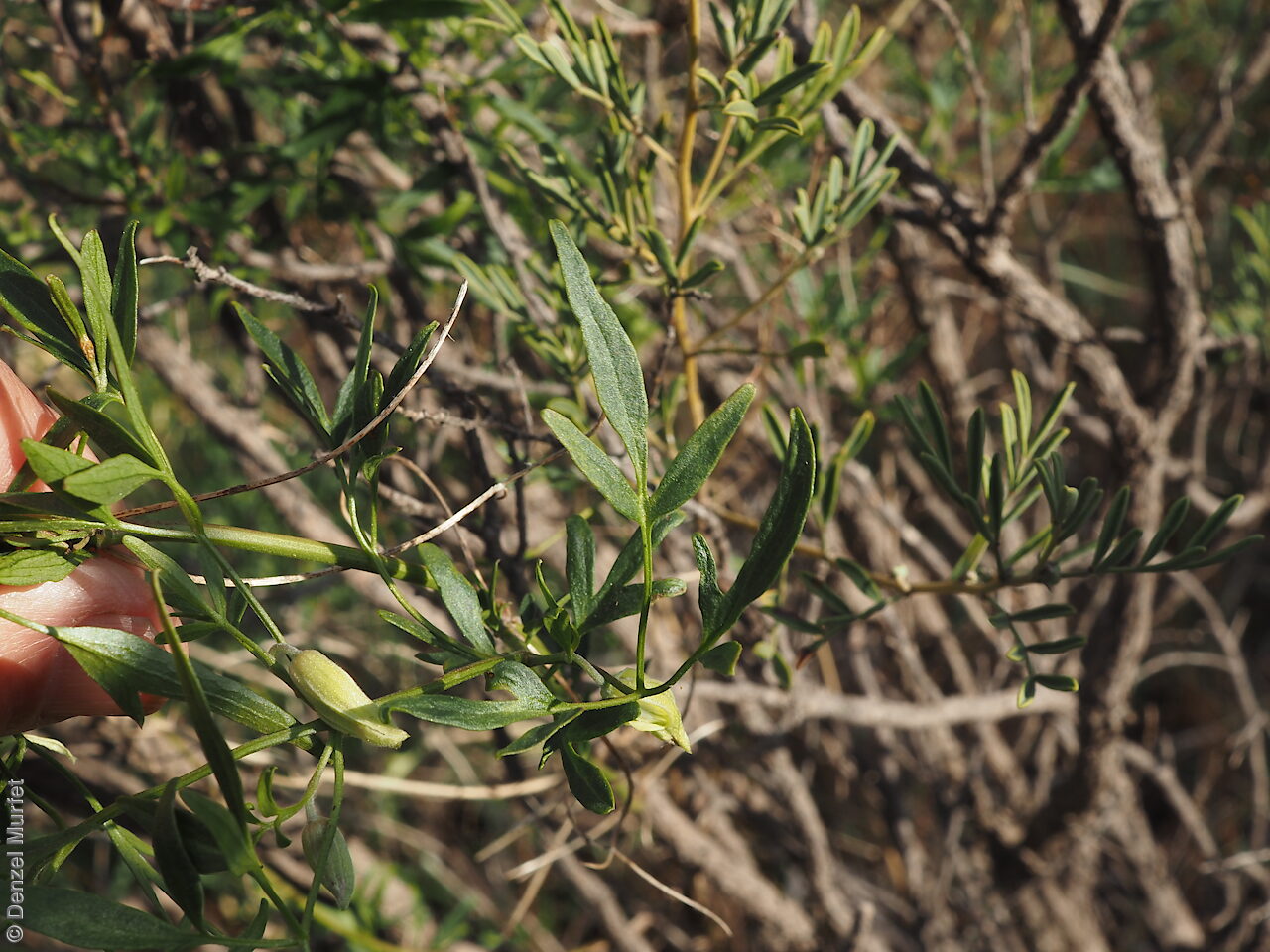
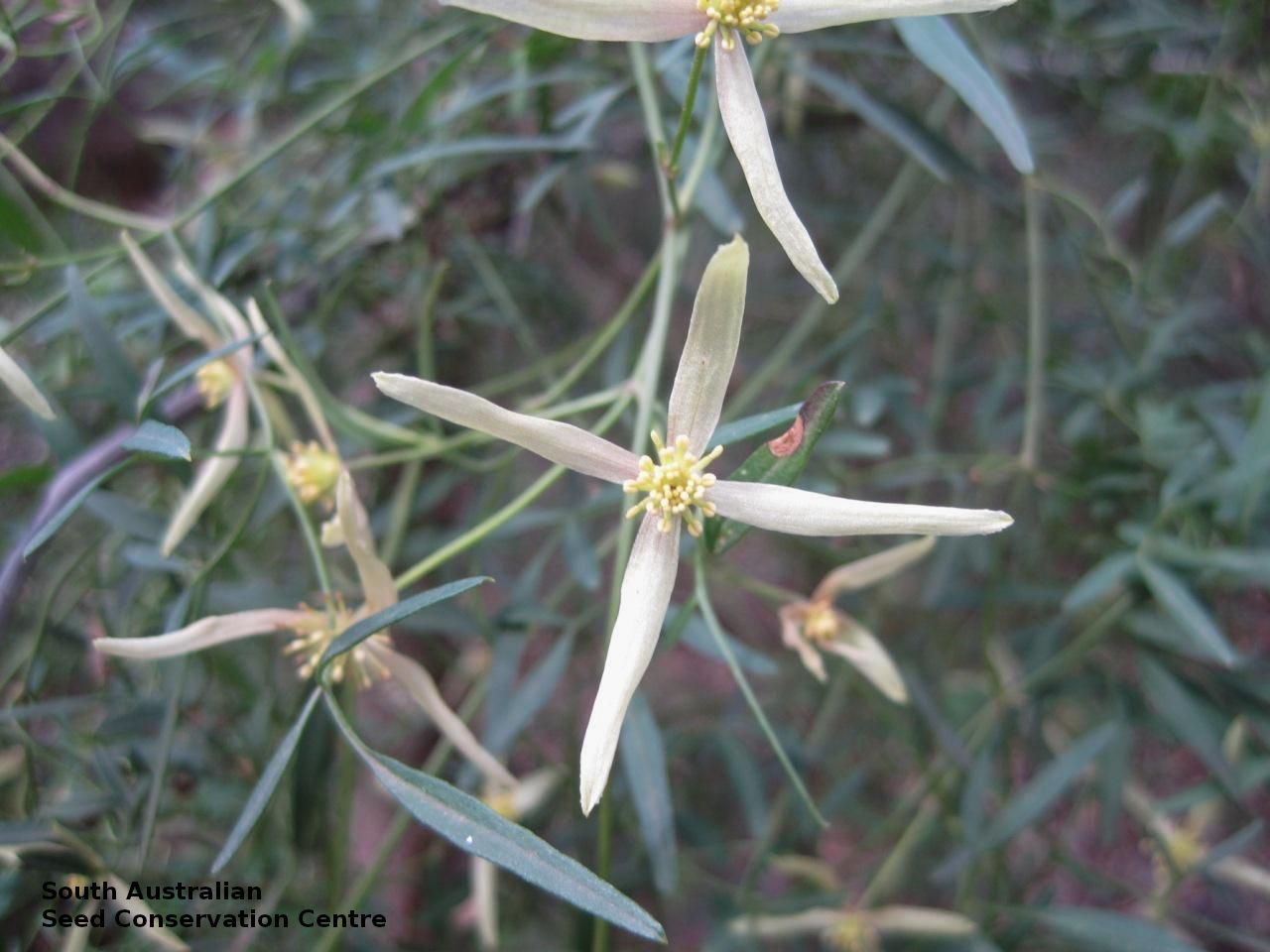
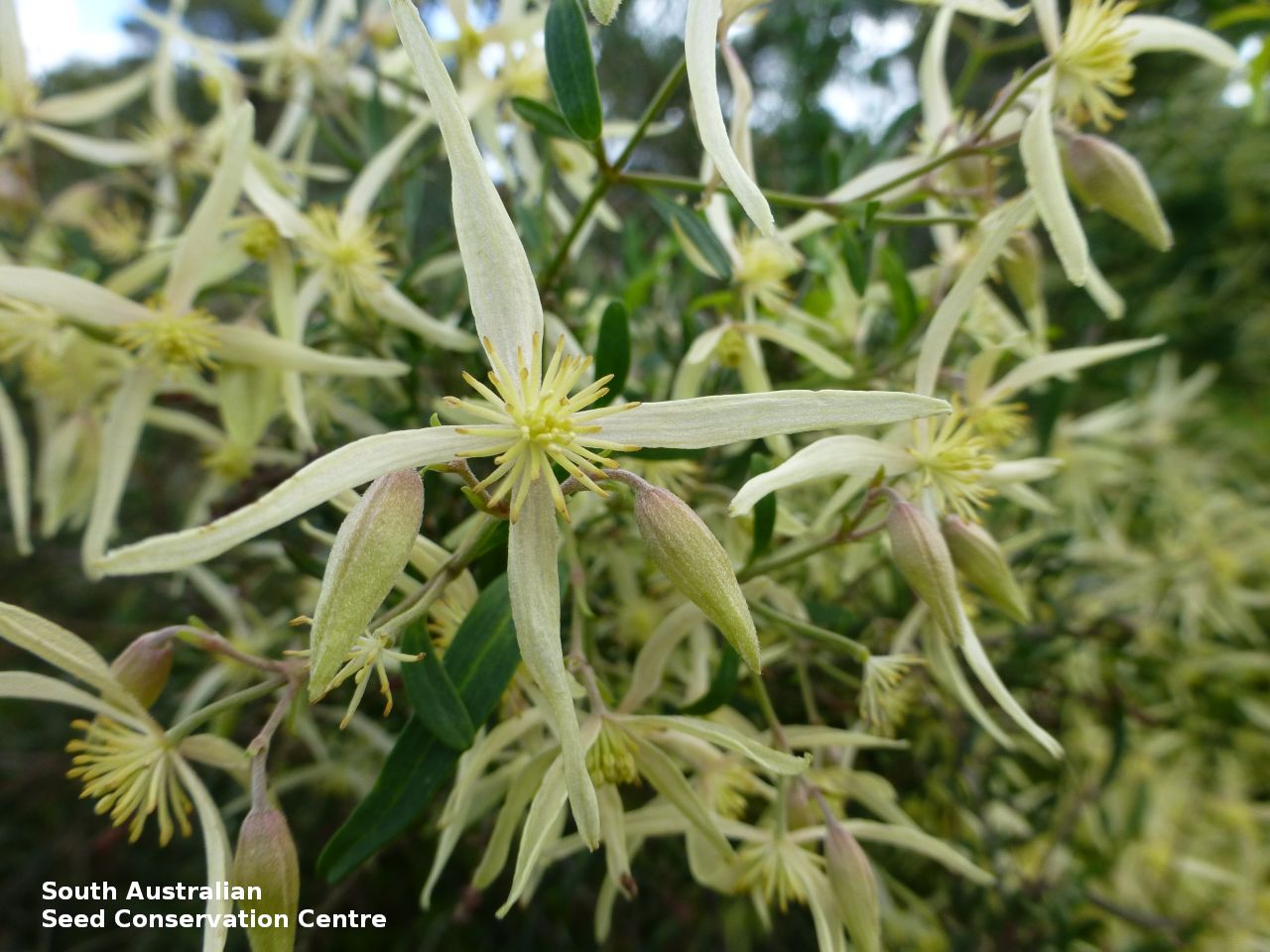
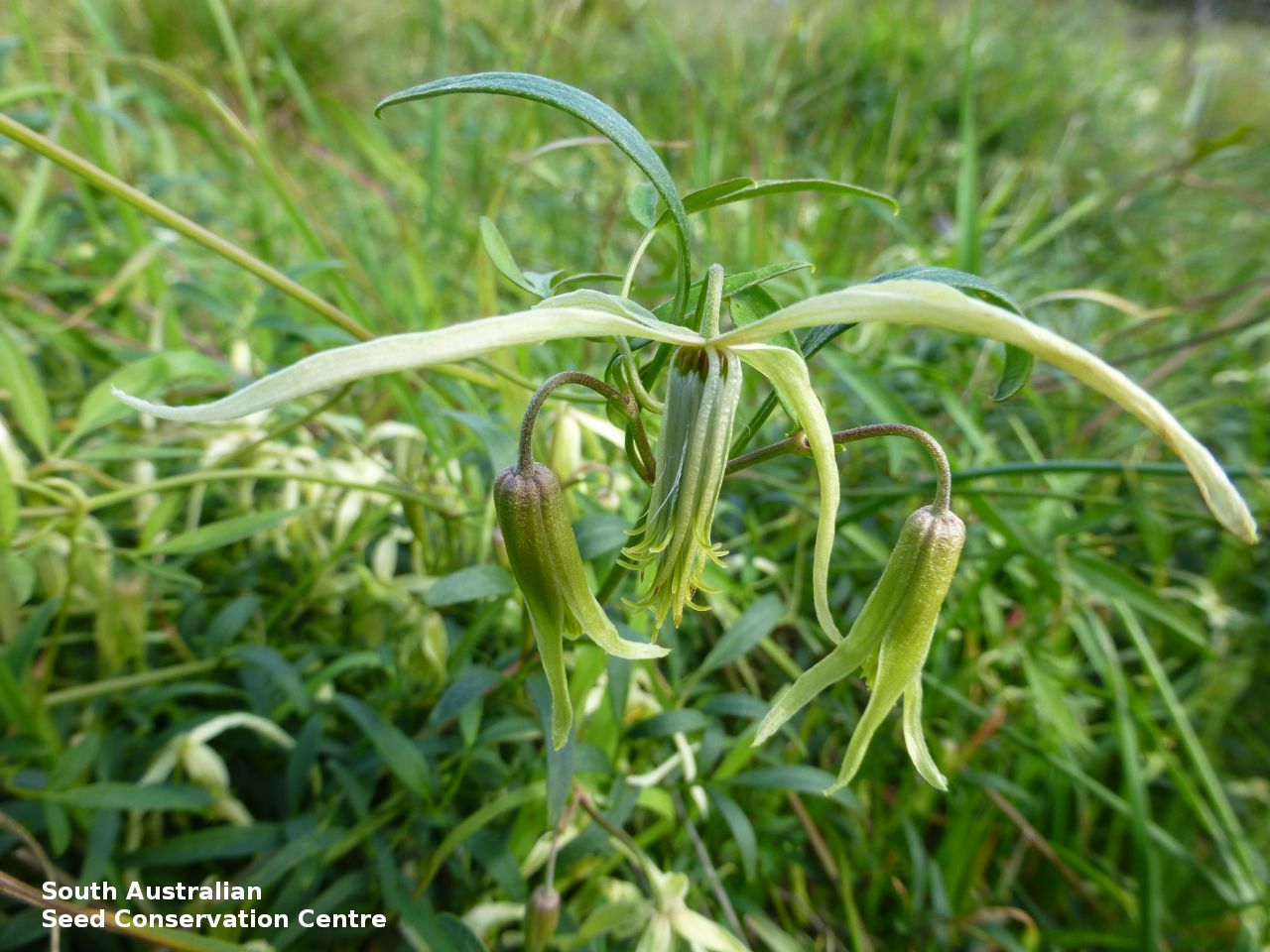
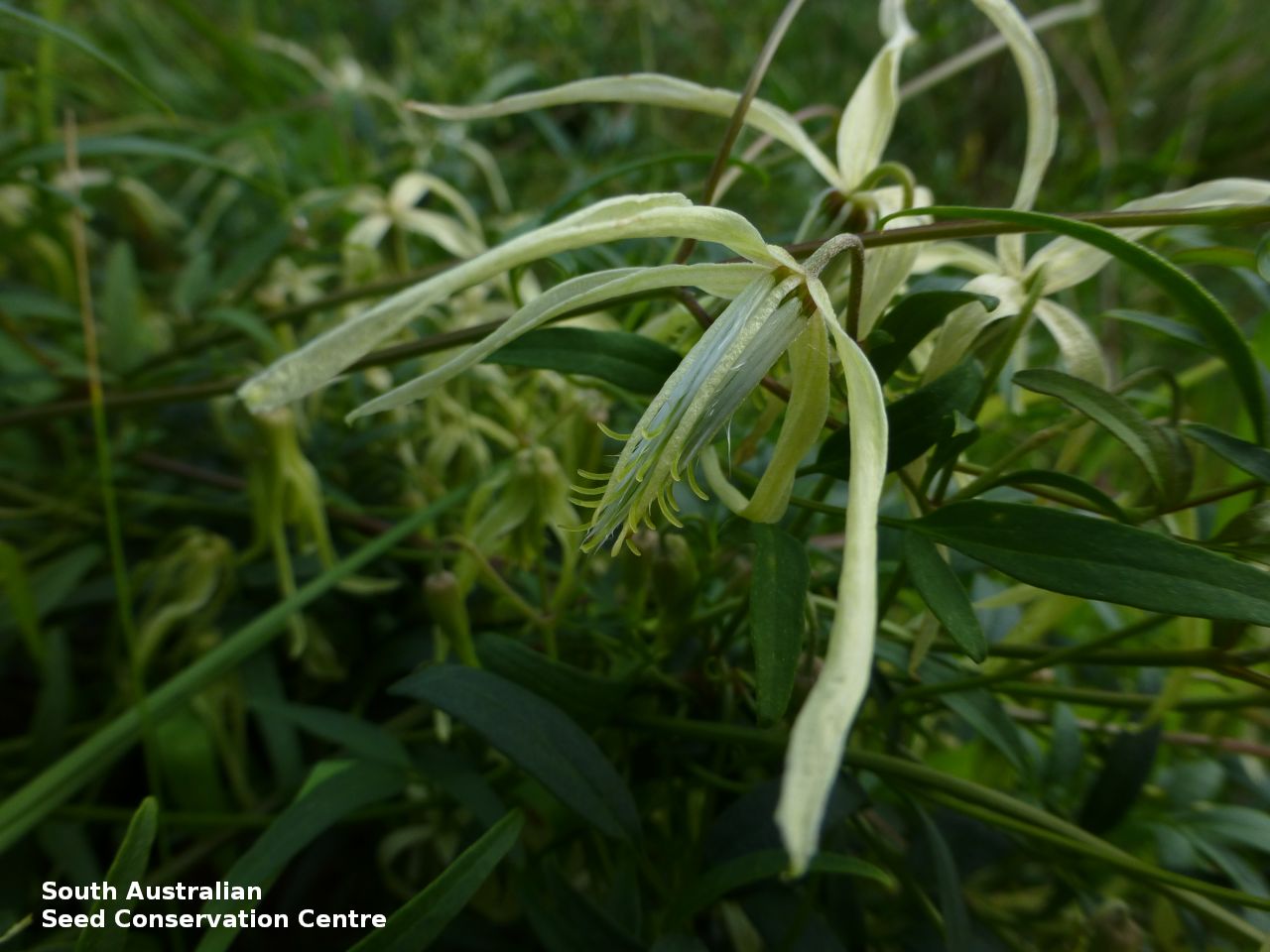
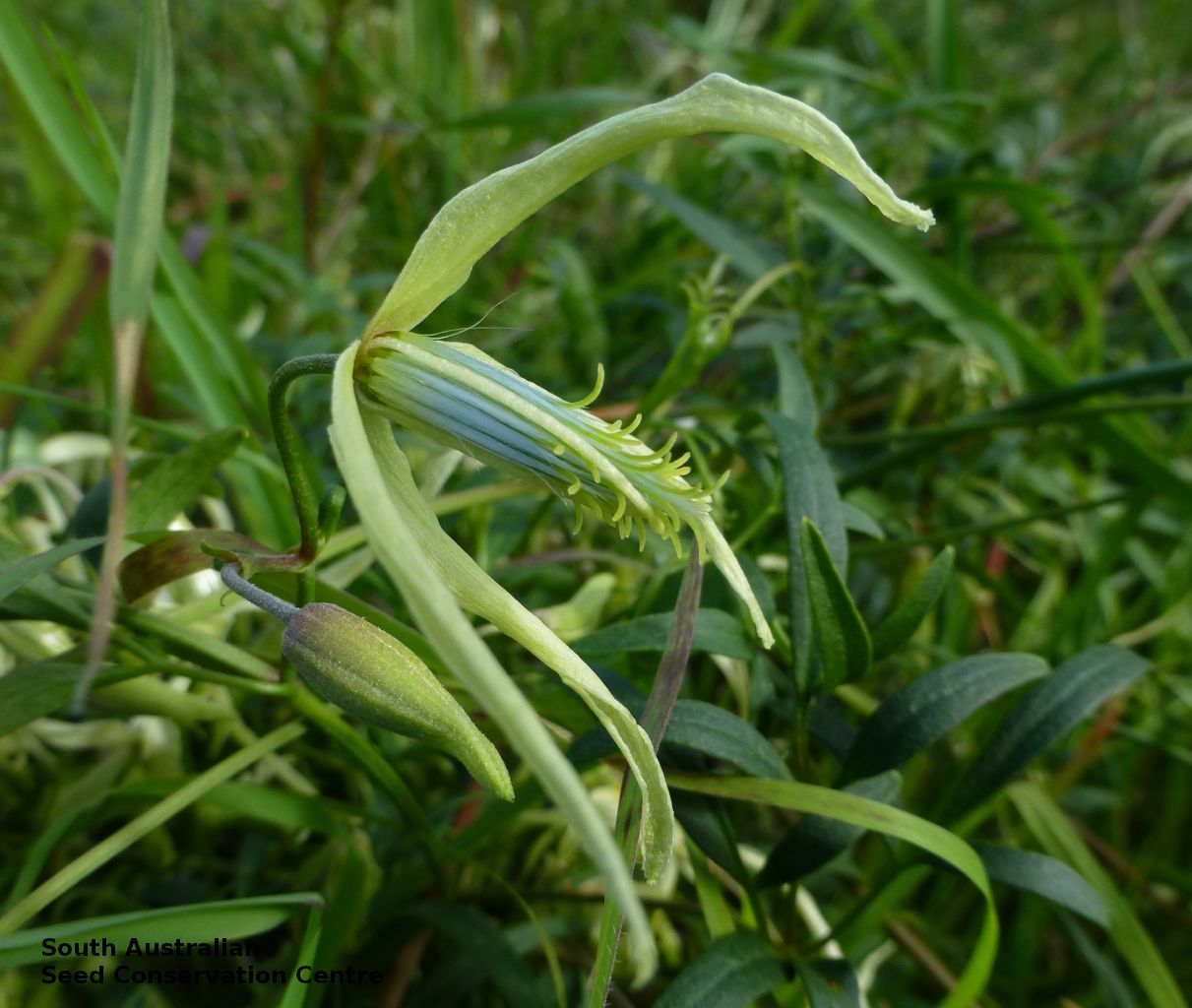
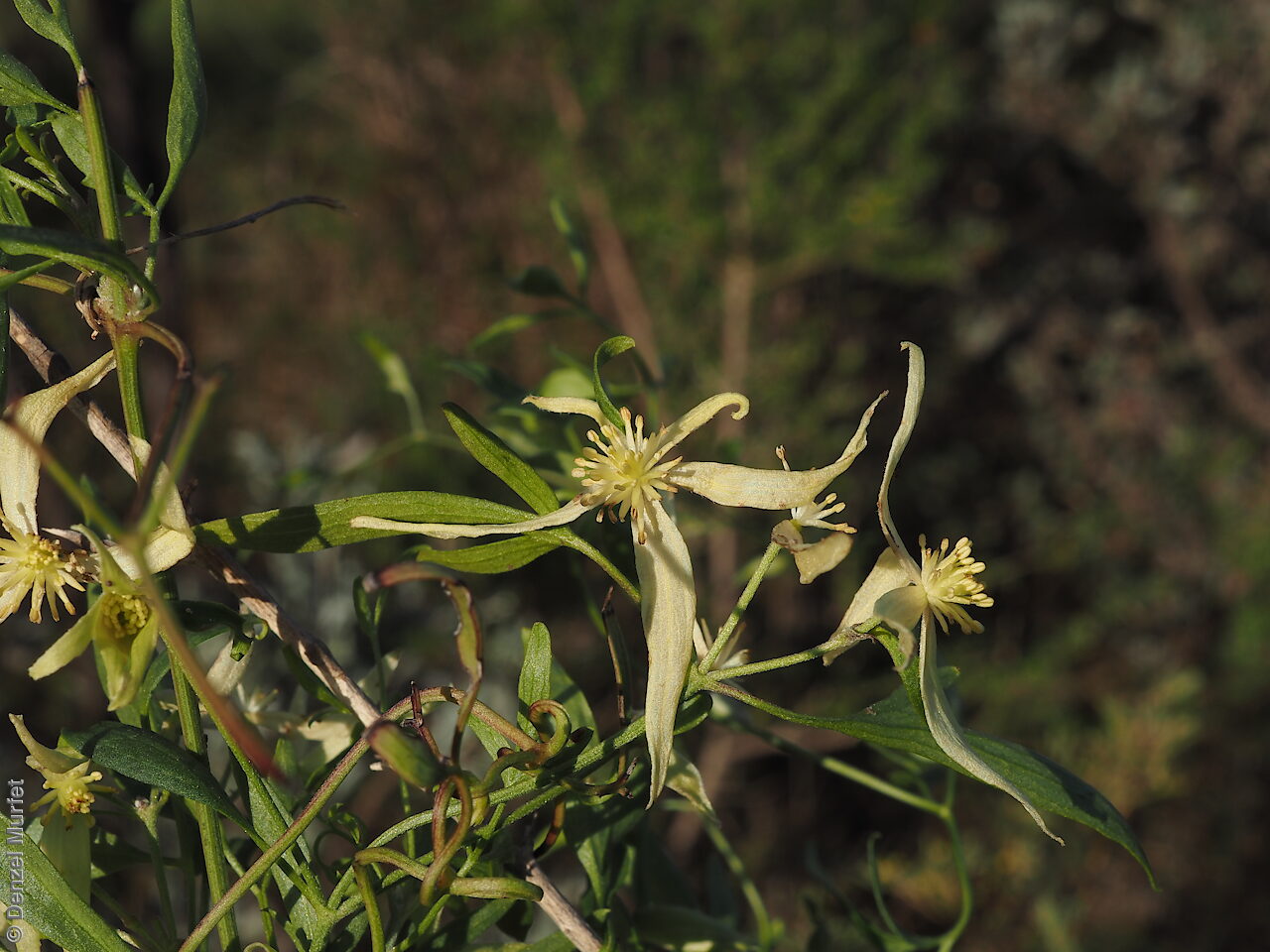
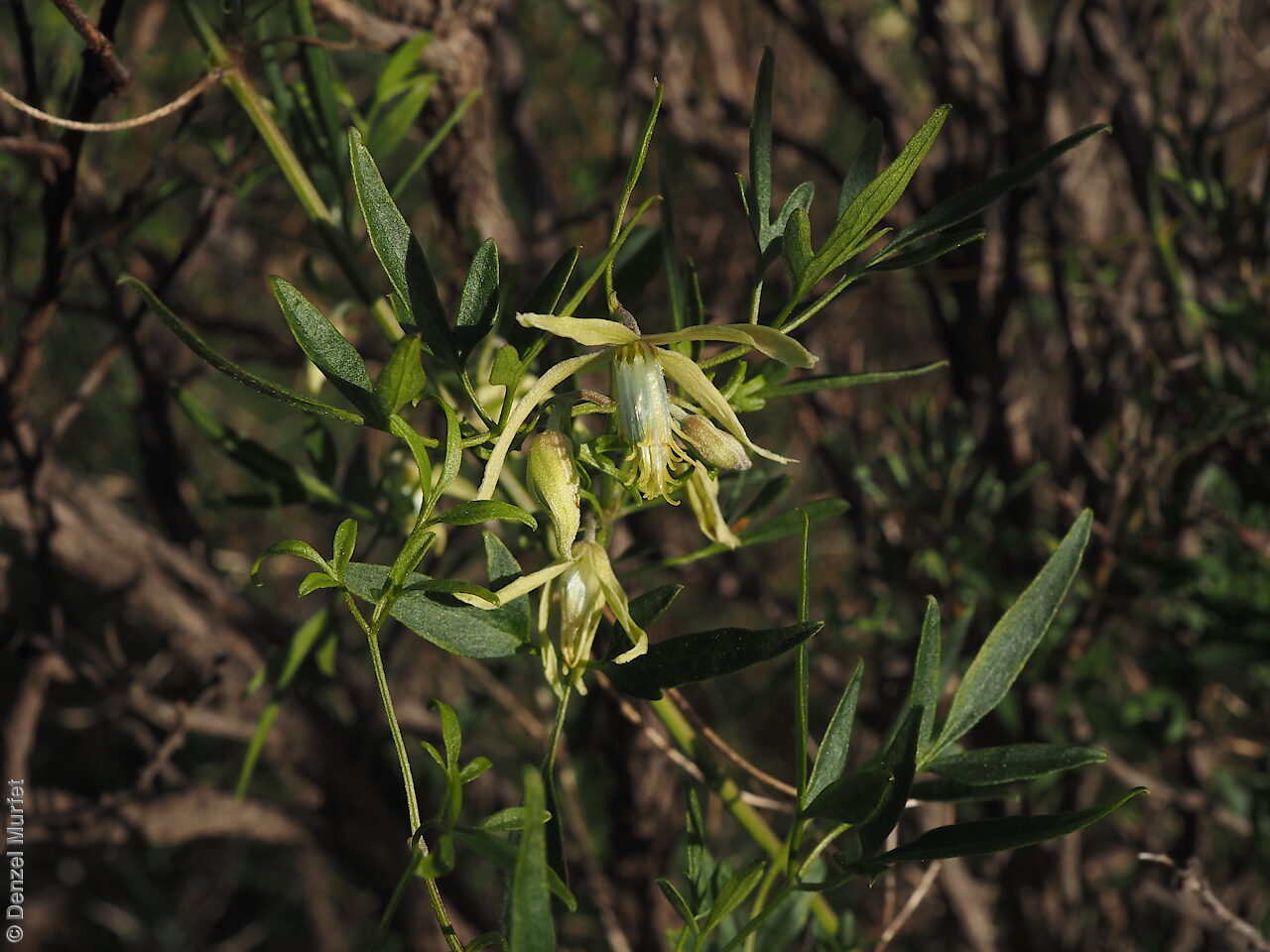
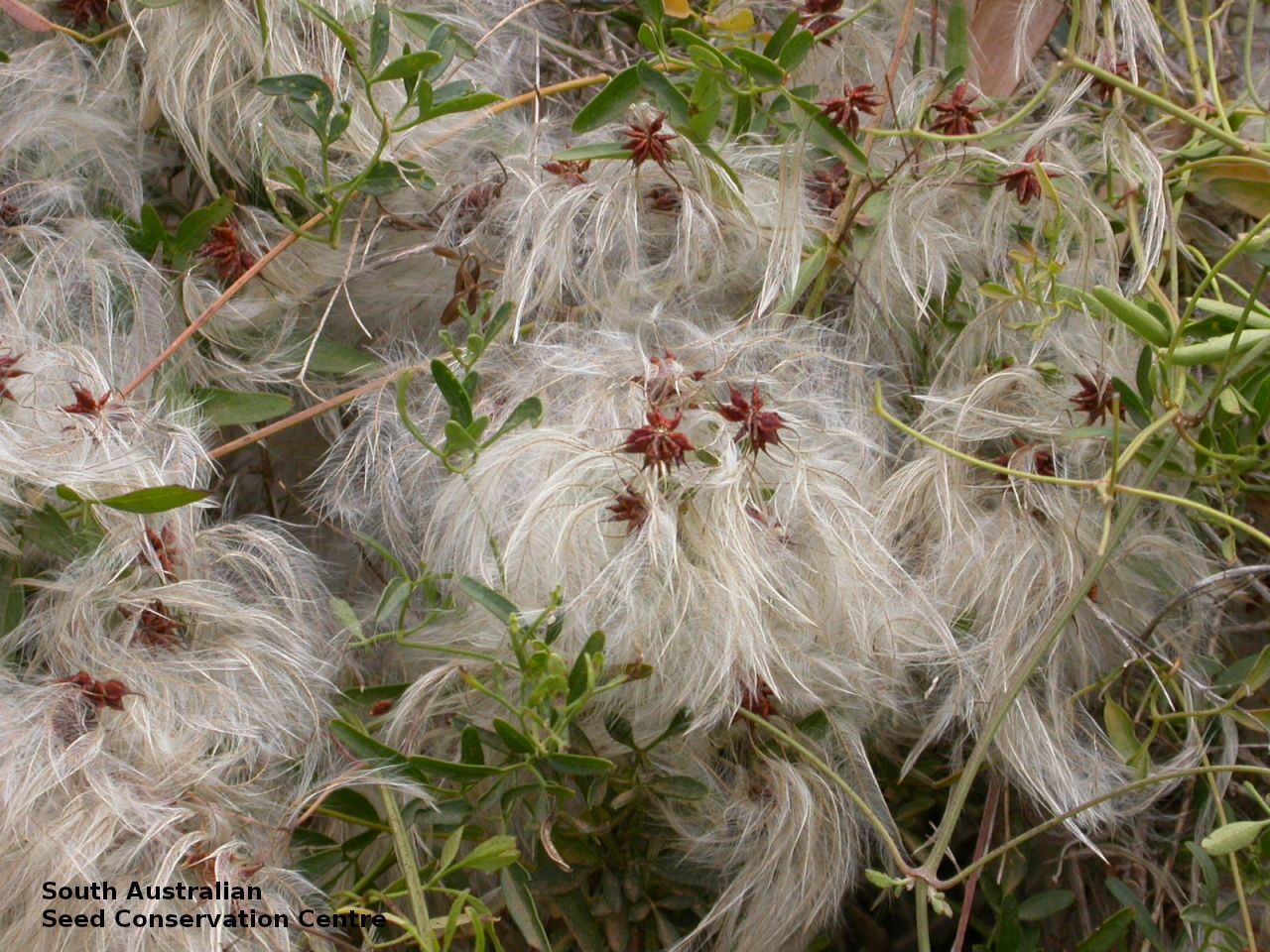
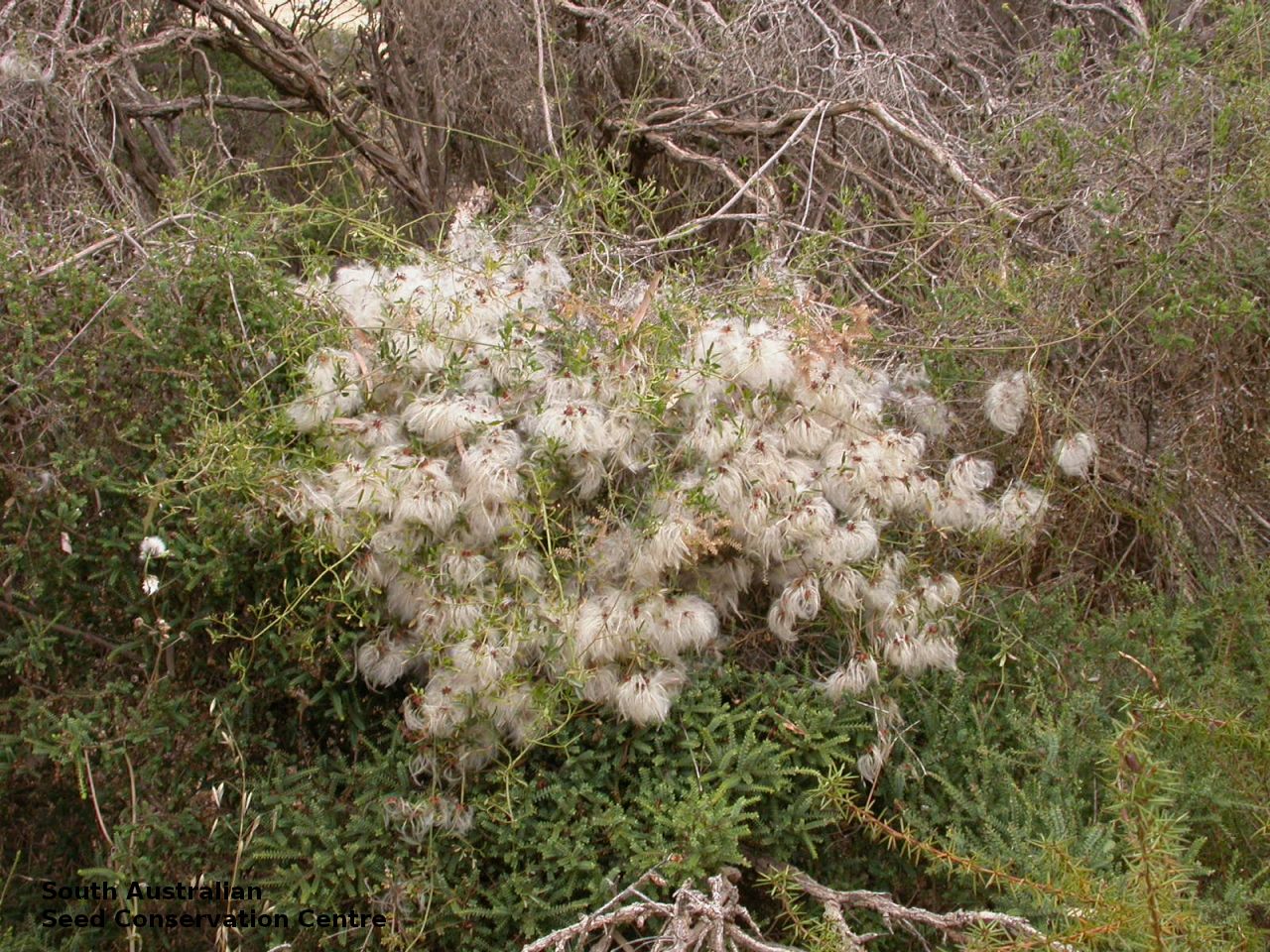
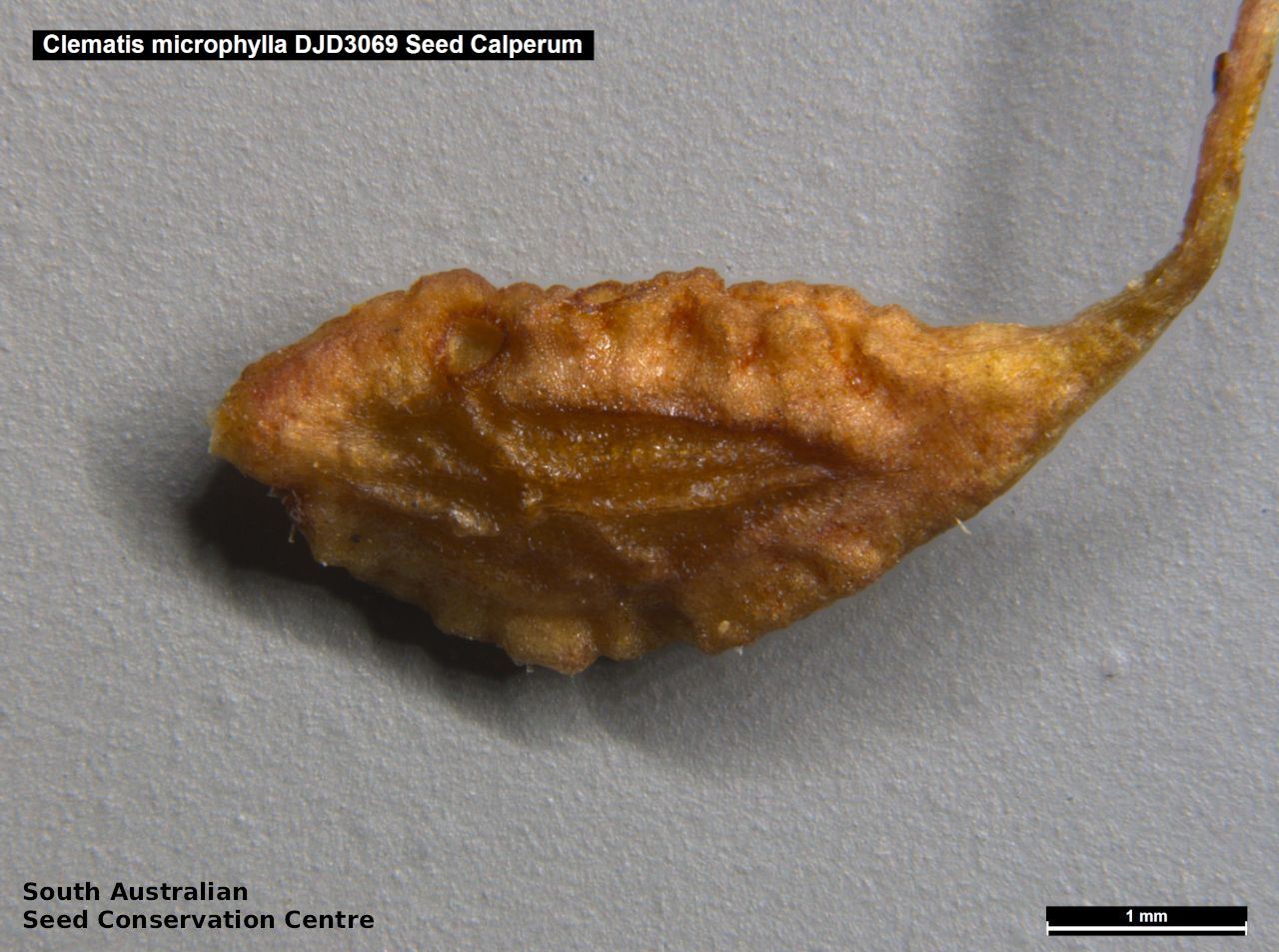

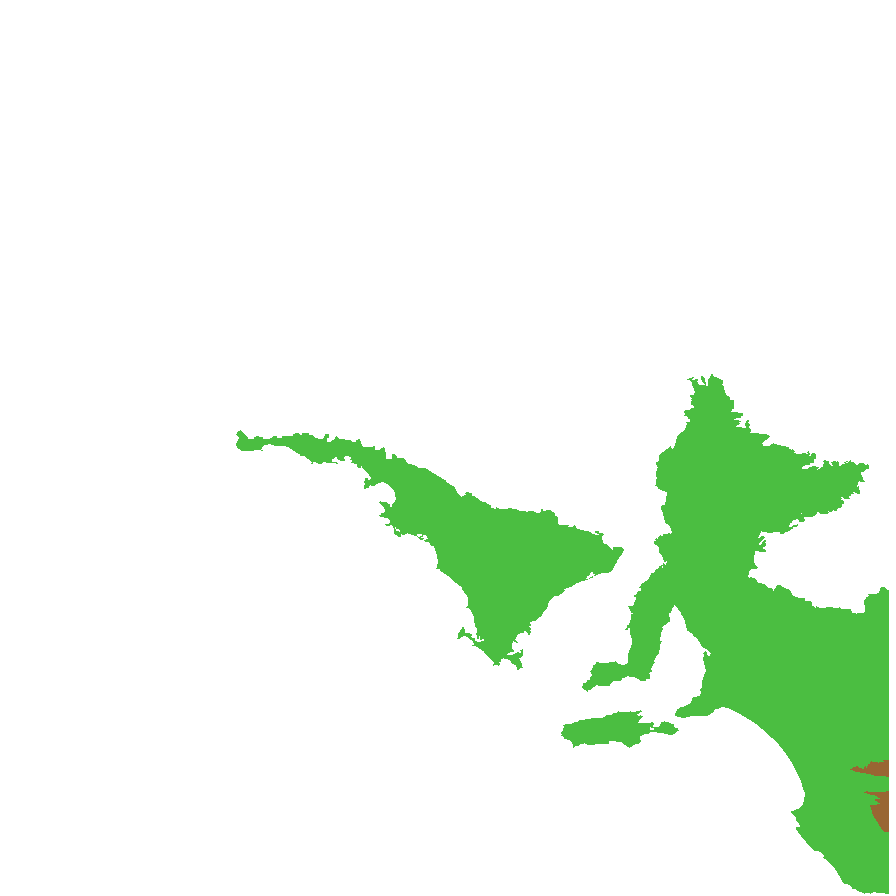
Botanical art
Prior names
Clematis microphylla var. microphylla, partly
Common names
Old Man's Beard
Small-leaf Clematis
Etymology
Clematis from the Greek 'klematis' meaning a shoot, tendril, a Greek name used for various climbing plants. Microphylla from the Greek 'micros' meaning small and 'phyllon' meaning leaf.
Distribution and status
Found across southern South Australia, south of Arkaroola. Also found in Western Australia, Queensland, New South Wales, Victoria and Tasmania. Native. Common in South Australia. Common in the other States.
Herbarium regions: Flinders Ranges, Eyre Peninsula, Northern Lofty, Murray, Yorke Peninsula, Southern Lofty, Kangaroo Island, South Eastern, Green Adelaide
NRM regions: Adelaide and Mount Lofty Ranges, Eyre Peninsula, Kangaroo Island, Northern and Yorke, South Australian Arid Lands, South Australian Murray-Darling Basin, South East
AVH map: SA distribution map (external link)
Plant description
Perennial climbing plant with lance-shaped leaves in threes. Flowers are small in the centre of four large cream-white bracts. Separate Male and female plants with the fluffy seeds of the female giving the name old Man's Beard to the plant. Flowering between July and September. Fruits are white fluffy cluster of seeds each attached to a plumose style. Seeds are flat ovoid brown seeds about 6 mm long with a long white plumose style. Seed embryo type is rudimentary.
Seed collection and propagation
Collect seeds between October and January. Pick the seeds from the cluster with your fingers. The seeds will come away easily. The seeds should be hard and brown when mature. No further cleaning is required. Store the seeds with a desiccant such as dried silica beads or dry rice, in an air tight container in a cool and dry place. Seed viability is usually high. Seeds are non-dormant, viable seed should germinate readily.
| Location | No. of seeds (weight grams) | Number of plants | Date collected | Collection number Collection location | Date stored | % Viability | Storage temperature |
|---|---|---|---|---|---|---|---|
| BGA | 5,315 (23.6 g) | 18 | 18-Dec-2003 | PJA72 Murray | 14-Aug-2006 | 100% | -18°C |
| BGA MSB | 22,600 (62.92 g) 22,600 (62.92 g) | 68 | 8-Jan-2004 | MKJ14 Kangaroo Island | 14-Aug-2006 | 80% | -18°C |
Number of plants: This is the number of plants from which the seeds were collected.
Collection location: The Herbarium of South Australia's region name.
% Viability: Percentage of filled healthy seeds determined by a cut test or x-ray.